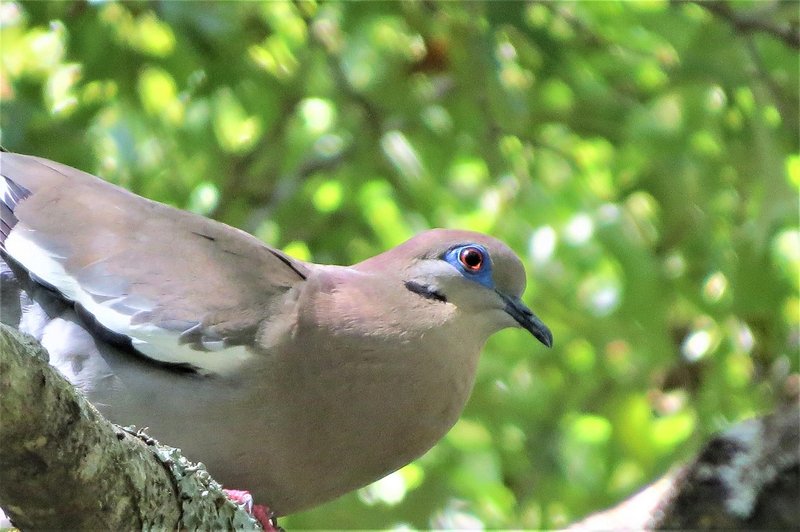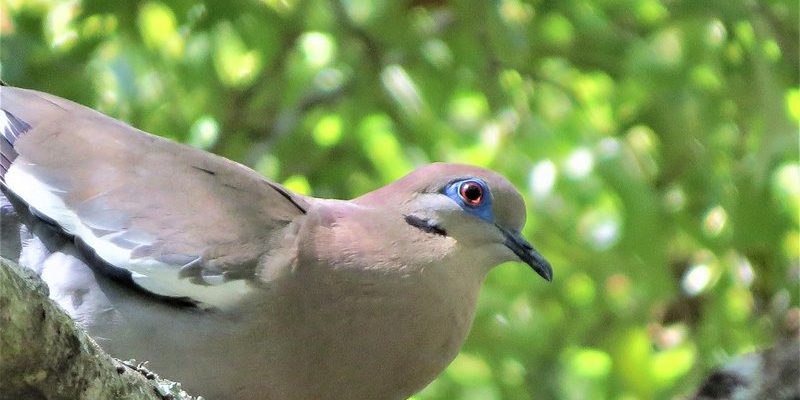
Think of identifying a dove like solving a puzzle. Each piece gives you vital clues: size, color, and sound all contribute to the bigger picture. Honestly, if you’re new to birdwatching, spotting a dove for the first time can feel like encountering a friendly neighbor. So, how do you go about spotting this gentle creature? Let’s dive deeper into the world of doves and uncover their secrets.
Understanding Dove Species
There are several species of doves, each with unique characteristics. The most common include the Mourning Dove, Rock Dove, and Inca Dove, each found in different habitats. The Mourning Dove is known for its soft coos and slender body, while the Rock Dove, often seen in urban areas, has a more robust build. Lastly, the Inca Dove is smaller with a distinctive scaled appearance on its neck.
Identifying these species can be straightforward if you know what to look for. For instance, Mourning Doves have a long pointed tail and a pale gray-brown body, while Rock Doves sport a bluish-gray plumage with black accents. When watching these birds, take note of their size and any specific markings. This information will help you narrow down which dove you might be observing.
Physical Characteristics of Doves
To identify a dove effectively, you need to focus on its physical features. Doves generally have smooth, rounded heads, short necks, and long, pointed tails. Their feathers also tend to be soft and loose, which adds to their graceful appearance.
Size can vary among species, with most doves ranging from about 9 to 14 inches in length. When you spot a dove, pay attention to its coloration. Many doves feature shades of gray, brown, and tan, but some, like the Inca Dove, have more colorful markings, such as the distinctive scaling on their wings. If you can, take a moment to observe the beak as well; doves have thin, pointed beaks that help them feed on seeds.
Vocalizations: The Sounds of Doves
You might be wondering how sounds can aid in identifying a dove, but it’s more significant than you think. Doves are known for their cooing sounds, which vary between species. For example, the Mourning Dove has a soft, melancholy cooing often described as a “coo-COO-coo,” while the Rock Dove gives a more distinct, rasping sound.
Listening carefully while observing a dove can provide essential clues to its identity. Doves often communicate with their calls to attract mates or warn of danger. If you hear a soft, rhythmic cooing in your garden, it’s likely a dove nearby. The pitch, tone, and frequency of these sounds can also help you determine which dove species you’re encountering.
Behavioral Traits: How Doves Act
Doves exhibit several behaviors that can aid in their identification. They are typically seen in pairs or small groups, often foraging for seeds or resting on branches. Their movements can be quite graceful; watch how they flap their wings: a quick burst followed by a glide.
When doves feel threatened, they often gather in flocks, which can be a helpful identification clue. For instance, if you see a cluster of birds pecking at the ground, you might very well have spotted a group of Mourning Doves. Their social nature makes them easier to find, especially in parks where food is plentiful.
Where to Look for Doves
Finding doves can be an enjoyable adventure! They usually thrive in open spaces like parks, gardens, and fields. Doves prefer areas where they can easily find food and shelter. Look near bird feeders, where they might flock to peanuts or seeds.
Doves are also attracted to water sources, especially in hot weather. If you’re in a nature reserve, check for doves near ponds or streams. Patience is key—sometimes, simply waiting quietly in one spot can yield fascinating encounters with these lovely birds.
Tips for Observing Doves
To get the best view of doves, here are some tips:
- Stay Quiet: Doves are skittish, so keep noise to a minimum.
- Use Binoculars: A good pair of binoculars can help you see details without disturbing them.
- Observe from a Distance: If you can maintain a respectful distance, you’re more likely to see natural behaviors.
- Record Your Observations: Keeping a journal of your sightings can help you spot trends and species more easily.
By implementing these tips, you’ll not only spot doves more efficiently but also enhance your overall birdwatching experience.
Recognizing Doves in Different Seasons
Identifying doves can also change with the seasons. In spring and summer, you’ll notice them more often, engaging in mating rituals and raising their young. Their calls are more pronounced during these months, creating a soundtrack to your outdoor activities.
In the fall and winter, some doves migrate, while others remain in the same area. Pay attention to any changes in habitat or behavior. For example, you might see fewer doves as they move to warmer climates, but if you’re lucky, some may stick around and adapt to the colder temperatures.
As you observe doves throughout the year, you’ll become more familiar with their artistic movements and sounds. This cyclic observation enriches your understanding and appreciation of these beautiful birds.
In conclusion, identifying a dove in the wild can be a rewarding experience. By paying attention to their physical characteristics, sounds, and behaviors, you’ll build your birdwatching skills. So grab those binoculars, head outside, and keep your eyes peeled for these graceful creatures. Each encounter will deepen your connection to nature and enhance your exploration of the avian world. Happy birdwatching!

